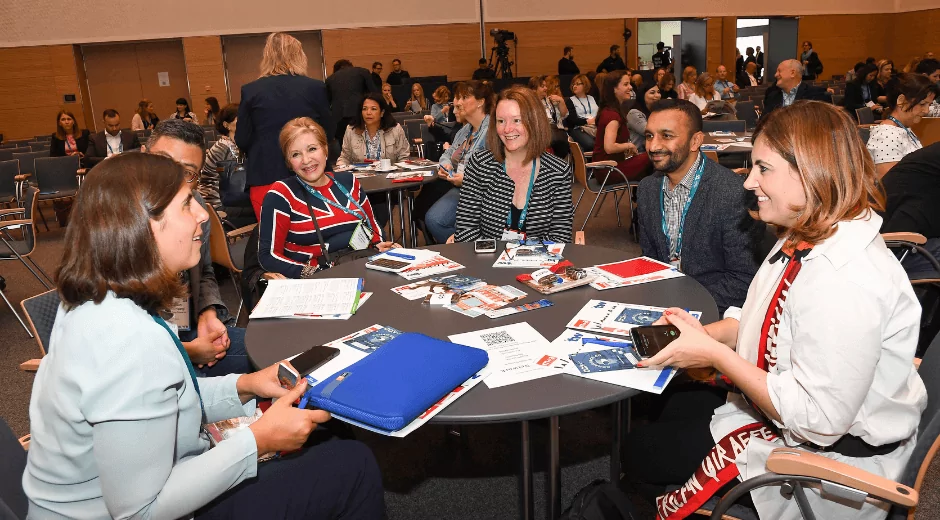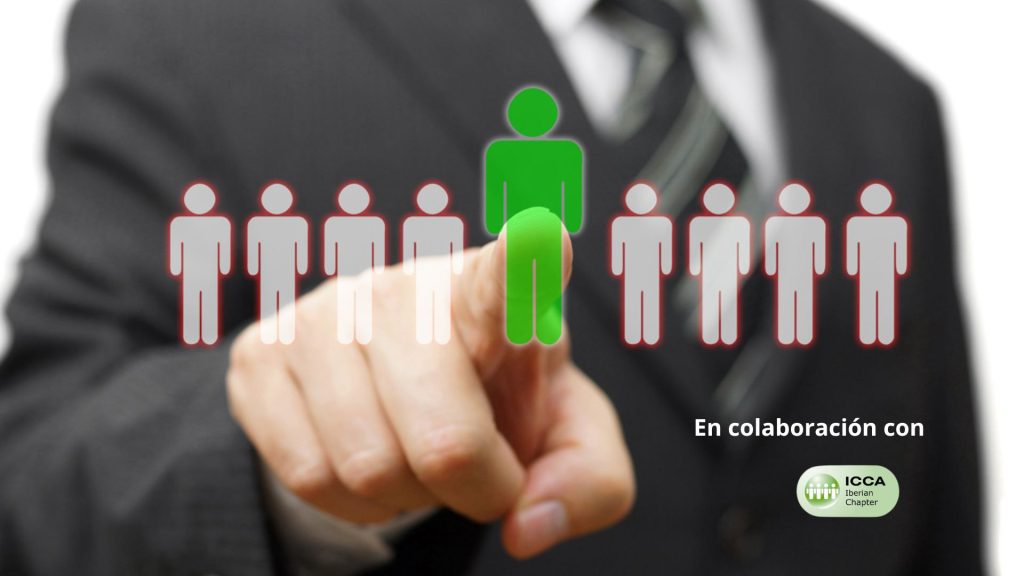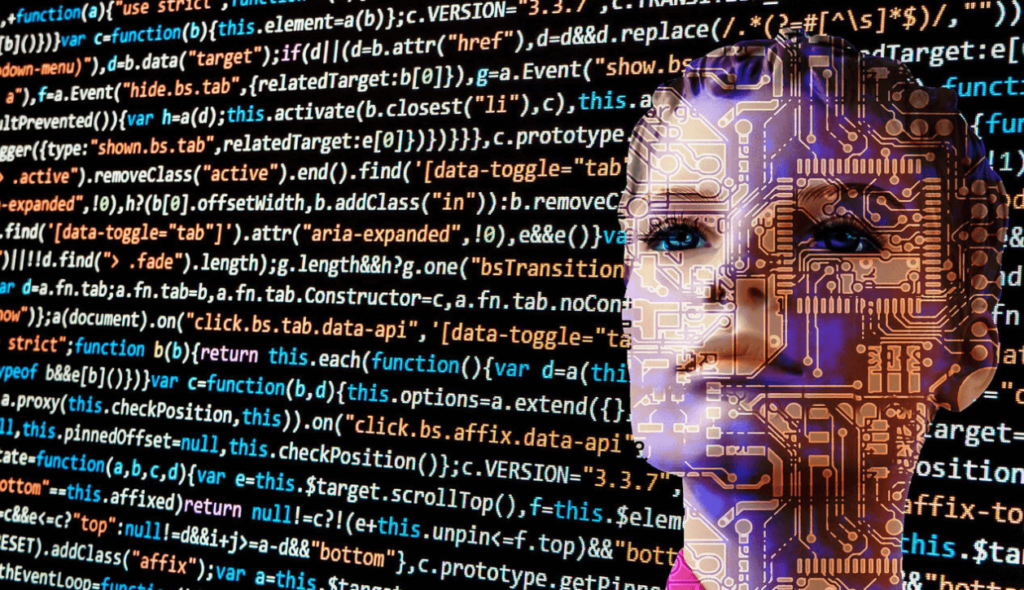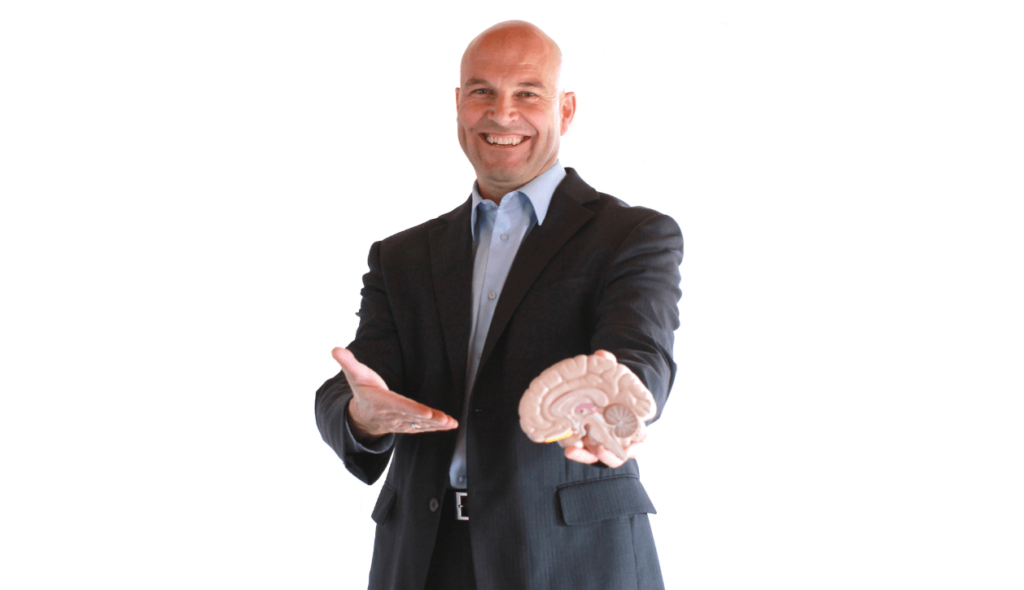How C2’s event environments make participants open up, create, connect (II)
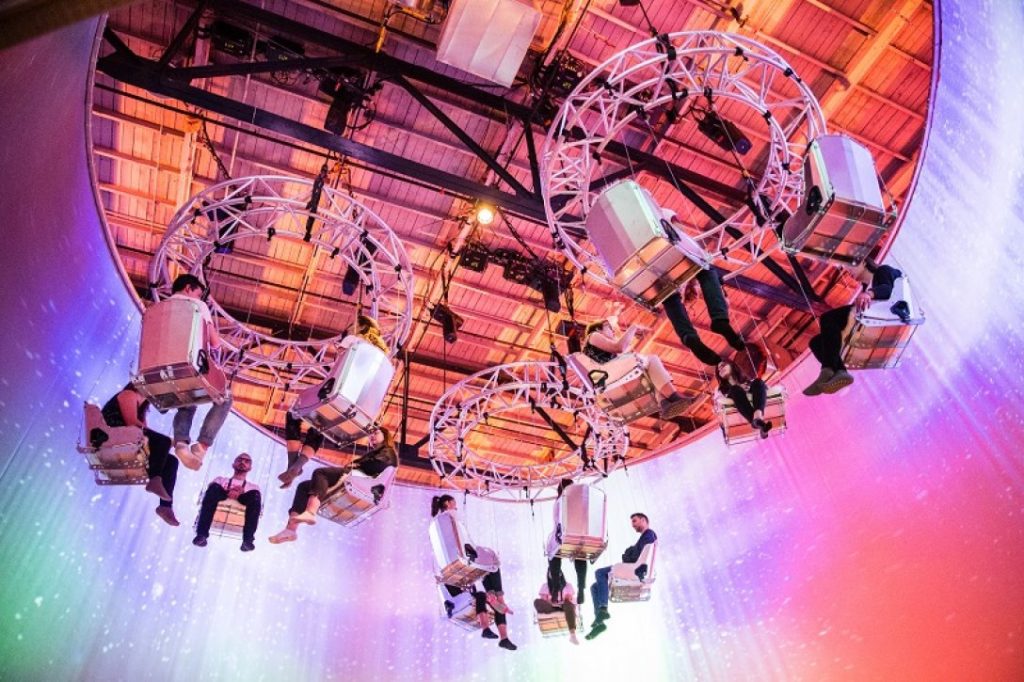
Share news
Listen
Your events suggest the physical environment should not just be nice or convenient, but implement the message you are trying to transmit?
Absolutely, this is one the things we are famous for. Everything in the environment is designed with a purpose and influences people behavior. In Spark, people are actively moving the furniture during the event. This actually is not comfortable, but then, transformation is not comfortable.
More examples? In the Lab, if we talk about risk and business, we suspend people in nets 30-feet high, so they have a real notion of risk. If it is about moonshots, they will be elevated in a dome that leverages audiovisuals to create an impression of space…
Did you fail in a few occasions? Should event professionals be ready for that?
Absolutely! Every year we failed at some aspects. But it is all about exploring and if you want people to explore, you have to take risks. One great thing about the C2 community is their acceptance of new ideas and readiness for some of them to not be perfect. In the end, if the experience overall is contributing to you learning, experiencing, connecting, if you’ve met amazing people, if you’ve had breakthrough because of something you heard, if you were emotionally touched because of the environment around you… that is the most important, and is worth taking some risks. But at the same time we are extremely perfectionists in logistics and operations. We won’t experiment with the basics: you can’t wait in line too much, logging in needs to be simple, etc. but in terms of formats and experience, we do take risks. When I look at some other events you might think nothing fails “visibly” but people look bored. If nothing bad happens but nothing spectacular happens, it is a failure.
Can you give me an example of format or method to better communicate or to stimulate change in people?
We have a lot. An example is “in the dark”, a conversation about blind spots. And what better way to talk about blind spots than not seeing anybody? So we have a blackout room, and that gets people to be much more attentive, less influenced by visual cues and body language.
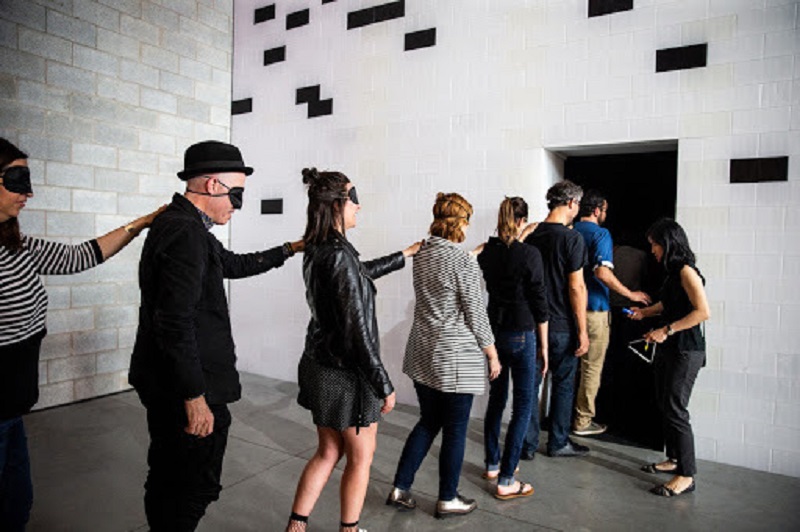
Another one is “The cloud” which is about navigating the unknown: you enter a room which has a lot of fog, and you start your conversation not knowing, not seeing and as you go with the conversation, the fog progressively goes and you see clearly.

For leadership skills, we have done one lab, called briefing. We get people locked in a room (like an escape room), mixed with people they don’t know, and then they discuss leadership styles based on this common experience.
We have also explored topics of technology in environments which are reminiscent of nature, a way to think of technology connected to your humanness.
Another format is to put people in swinging chairs, inside a very large cylinder. They start talking and slowly the chairs elevate, with a mapping around them. Then mapping represents the inside of a forest, then a bird-eye view of the forest, then the sky… and the moderator asks people how they can build moonshots, and get to big ideas, now they are visually extracted from the down-to-earth environment.

Also, in a panel discussion, rather than having people sitting next to each other, we built a concept that is like a newsroom. People sit them in a circle and cameras capture their faces on big display, and the stage turns around. The experience for the speaker is much better, more intimate, you feel you are talking freely in a small group.
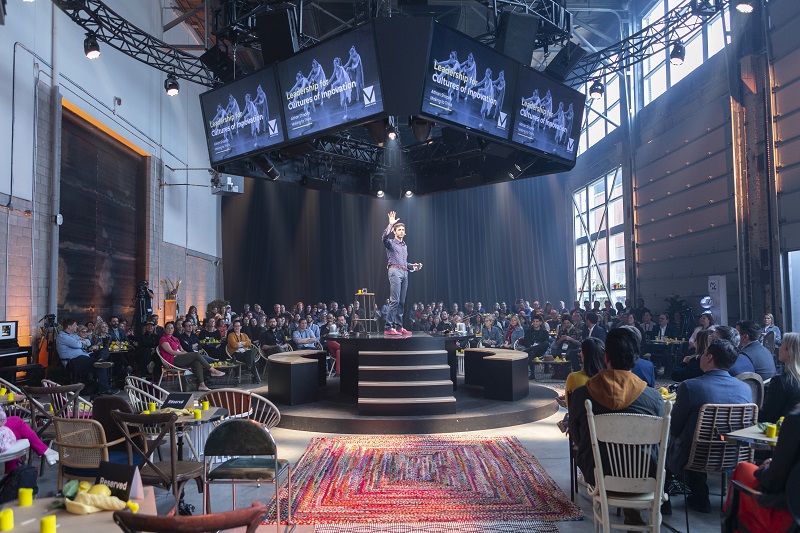
Should we involve new talents? Do you? If you could hire one type of talent, what would it be?
We did build our team like that. No one comes from events. Our team is very eclectic (contemporary dancers, clowns, set designers, architects, artists, etc.), which is why we come up with new ideas. I would also be very interested in professionals from neuroscience and anthropology. We have to read into the human brain and measure it.
THE BUILDING BLOCKS
To maximise community-building, idea generation, experience… C2 has thought of its toolkit. No, not a meeting room and a projector… Here it is, think about it for your next event:
- Engaging event formats, both for live or online events, getting people out of their comfort zone and interacting with content and other attendees.
- Compelling editorial line. Content is still the basis of events and should be based on the brand’s DNA and content pillars.
- Smart content, maximizing reach, and including data, insights and audience profiling.
- Multiple platforms. Website/print with social media as a central connector to content.
- Multiple formats (video, listicle, mini-docu, long-form, infographics…).
- Media amplification, deploying social and search amplification tactics to drive broader reach in look-alike segments.
All these are combined in time, using multiple touchpoints with the audience (an event goes beyond D-day, as you know…).


